1974 Holdsworth Super Mistral (Part II)
“What ever happened to this frame?!”
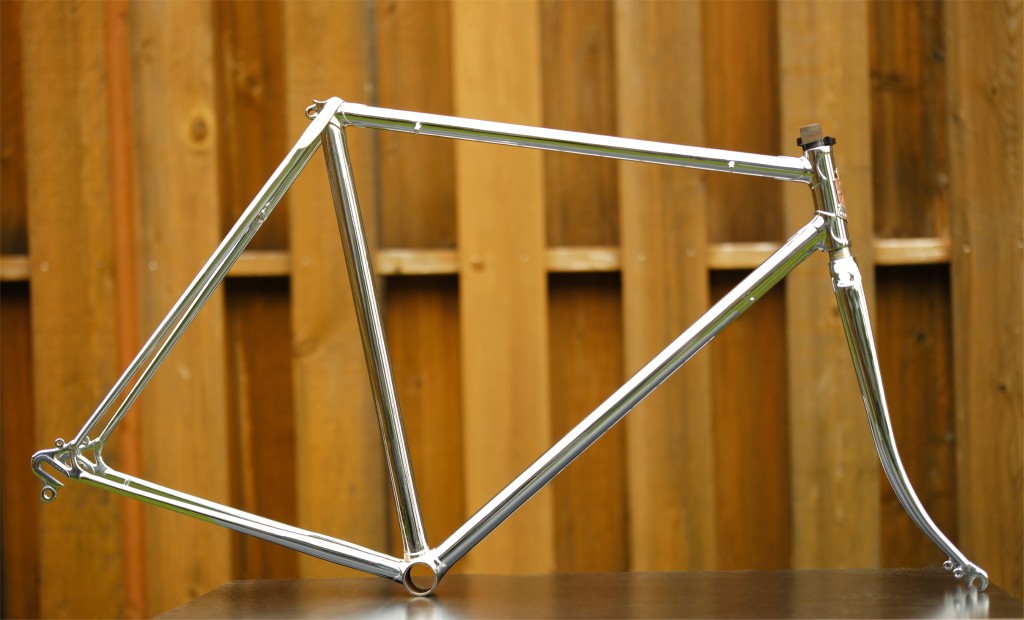
1974 Holdsworth Super Mistral
I get a somewhat steady stream of email from vintage bicycle aficionados. Mostly, it is a question about a bicycle I reported on, years ago, and was discovered by the person emailing who found it through a random web search. The owner wants to sell his bike and they are clawing at any hint of value to begin the fire sale. But sometimes the questions are regarding posts I began long ago and a gentle prodding on their current status. The Holdsworth Super Mistral has had numerous inquiries like this over the years. Six years, to be exact, is how long has passed since the first post. Even the previous owner has inquired, more than once, about the status. And rightfully so! How long must a delight like this languish? Now, on the frame’s 50th year anniversary, I am elated to finally provide an update.
Vintage bicycle restoration is a cherished hobby for me. But in the end, it is just that—a serious hobby. It isn’t what puts food on the table so I have the fortunate luxury of taking loads of time to consider how a build should go forward, sourcing what feels like the very perfect combination of components and expending weeks, months or even years to finish a build. I clearly would be let go quickly from any bicycle shop due to under-performance, no doubt.
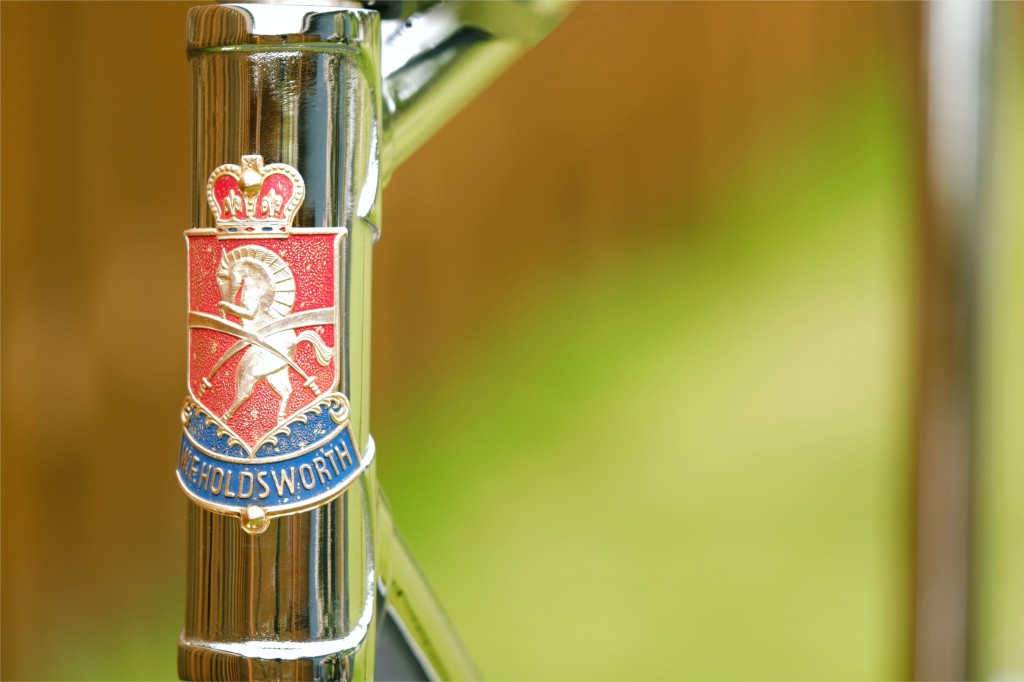
The Holdsworth has been an enigma for years. What to do? What color paint? Who to paint it? What groupset? New hand-built wheels or a set from the inventory? Every answer spawns three more questions. But, this is my own neurosis. Eventually, most issues are mitigated, the path forward smooths out and a build mentally takes shape.
My original plans were to repaint the Holdsworth in a delicate chiffon yellow. No metallic flakes but also not a trendy flat matte either. Just a simple, easy, cheerful color with a little shine. I took my inspiration from this randomly found 1984 Holdsworth catalog image:
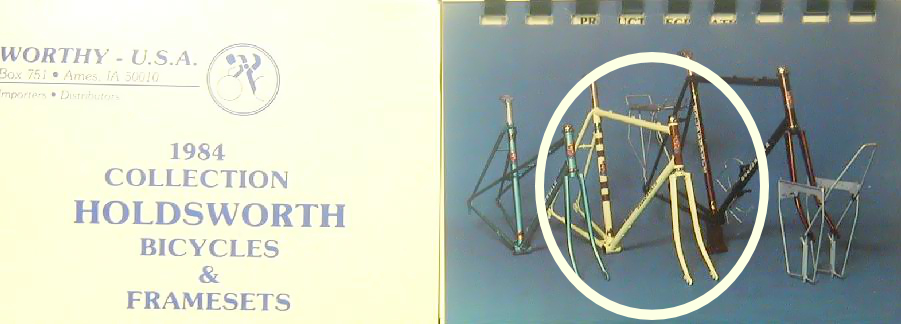
Securing the color, I could almost feel my hands wrapped around leather drop bars. No, not drops. Perhaps, Albastache bars? Of course, only non-aero brake levers will do here. Dia-Compe Gran Compe would be lovely pulling hard on some Grand Bois centerpull calipers.
The build was mentally coming together. The paint situation was clearly the linchpin.
A vintage bicycle friend told me about numerous trips he was making from Oregon to St. Louis, visiting aging parents. He gushed about St. Louis Plating, an establishment boasting phenomenal results with “Triple Chrome Plating”, or Hexavalent chrome, and excellent prices. Since he was driving, shipping costs vaporized. I was intrigued, so sent the Holdsworth’s fork out as a replating test, since it needed that done anyway. Results were good.
Very good.
Realizing this was a limited time opportunity, it was clear this was the moment to strike on the build. Despite not finding any full chrome Holdsworth models out within the vast sea of internet history, I decided, “why not make this the first?!”
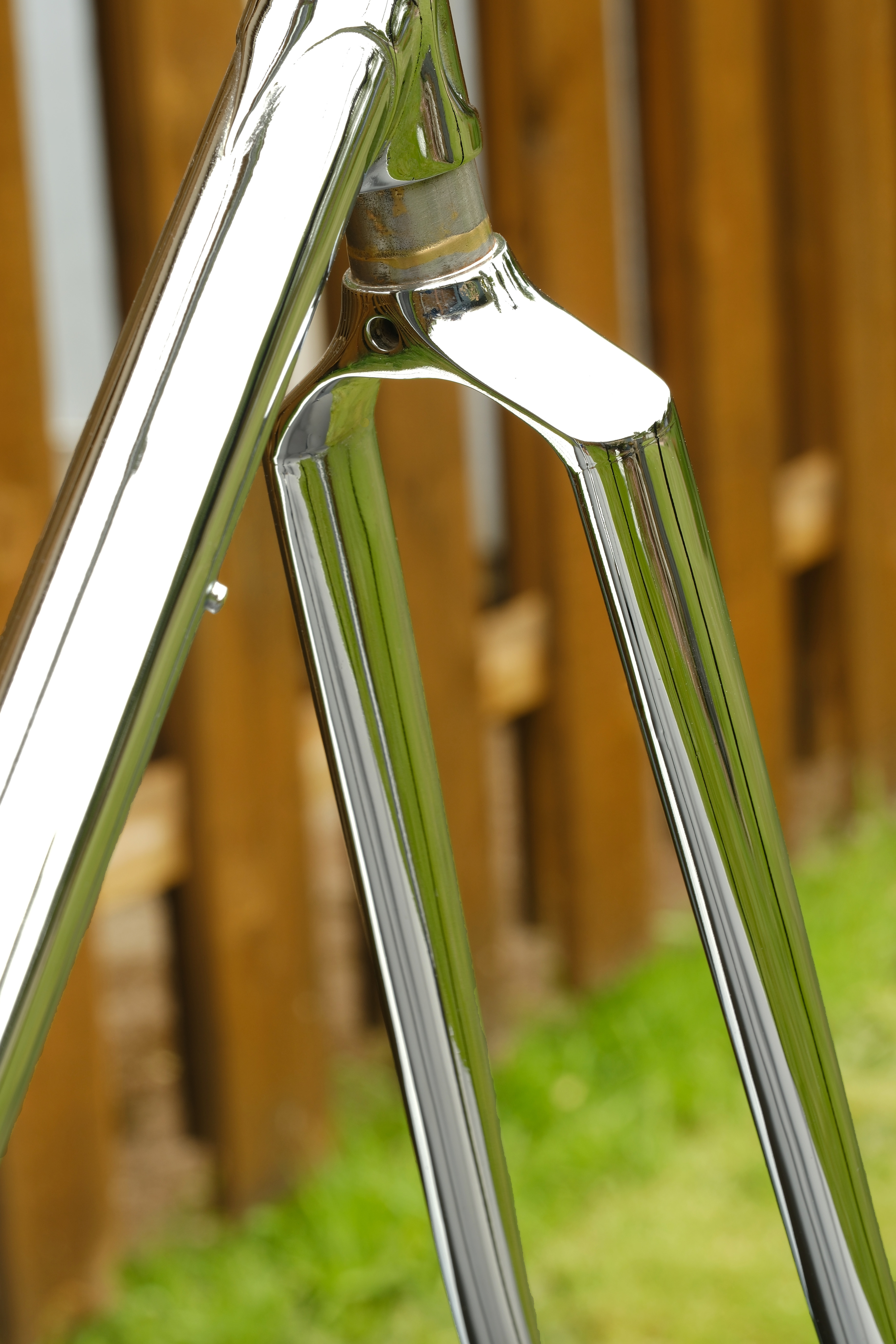
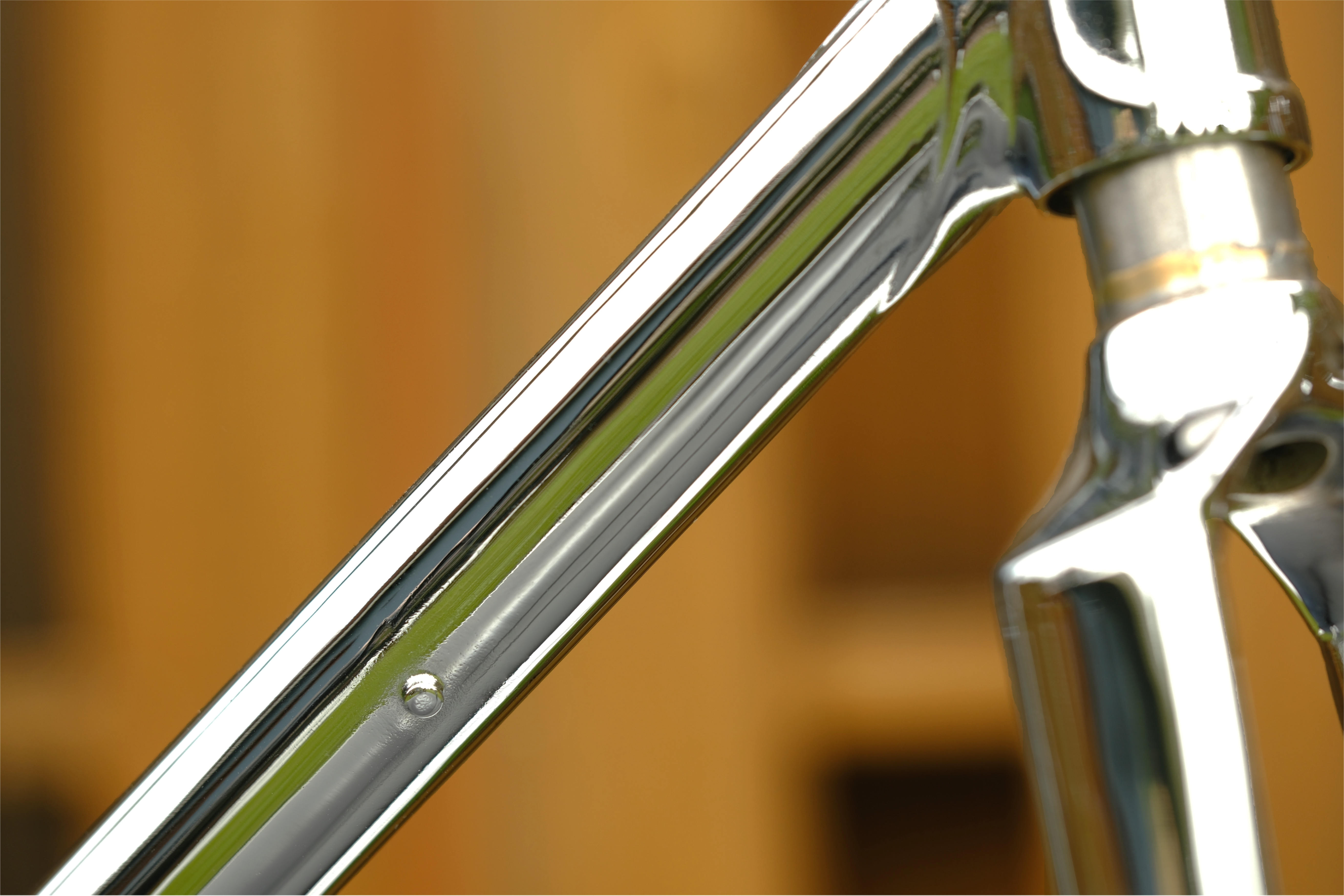
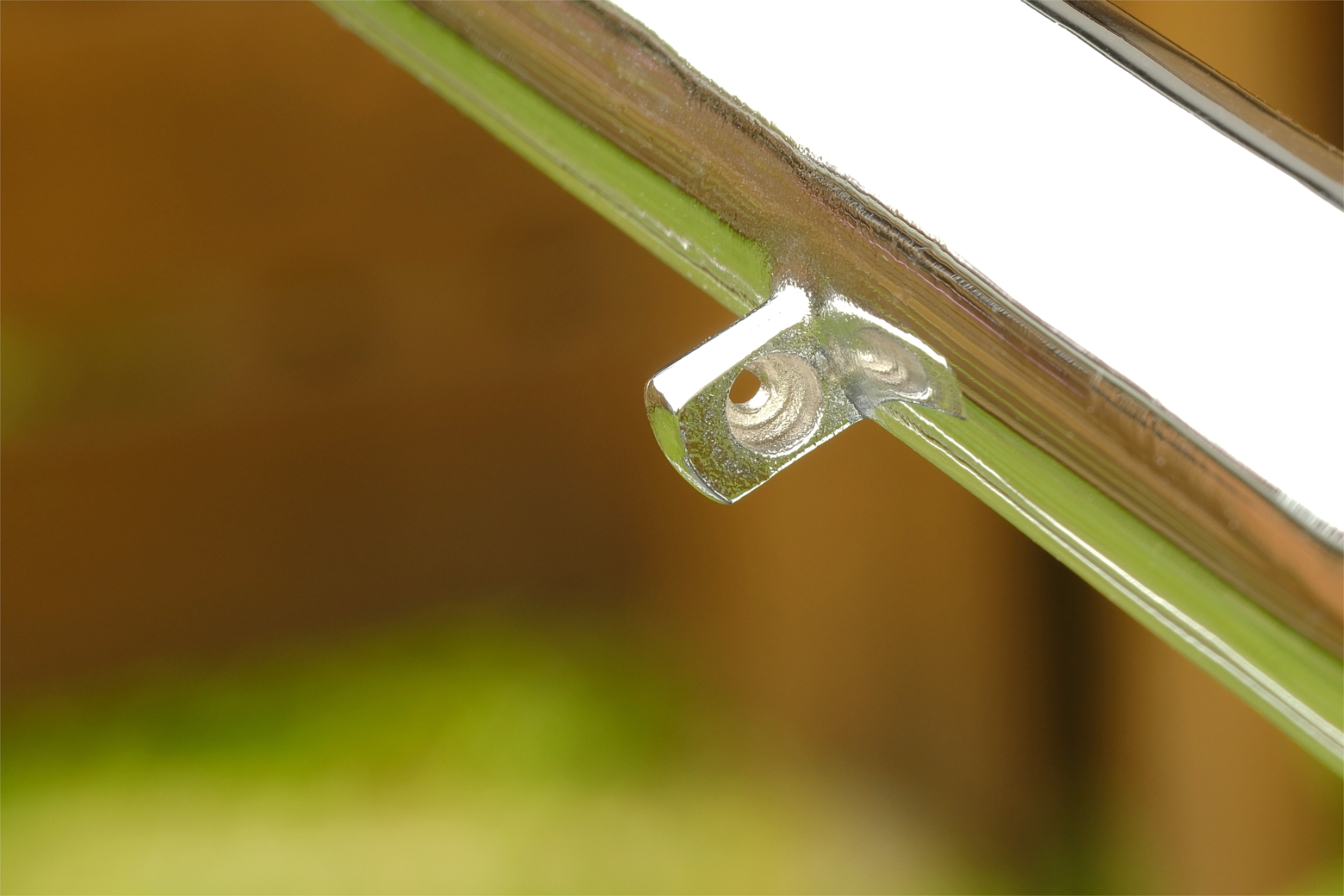
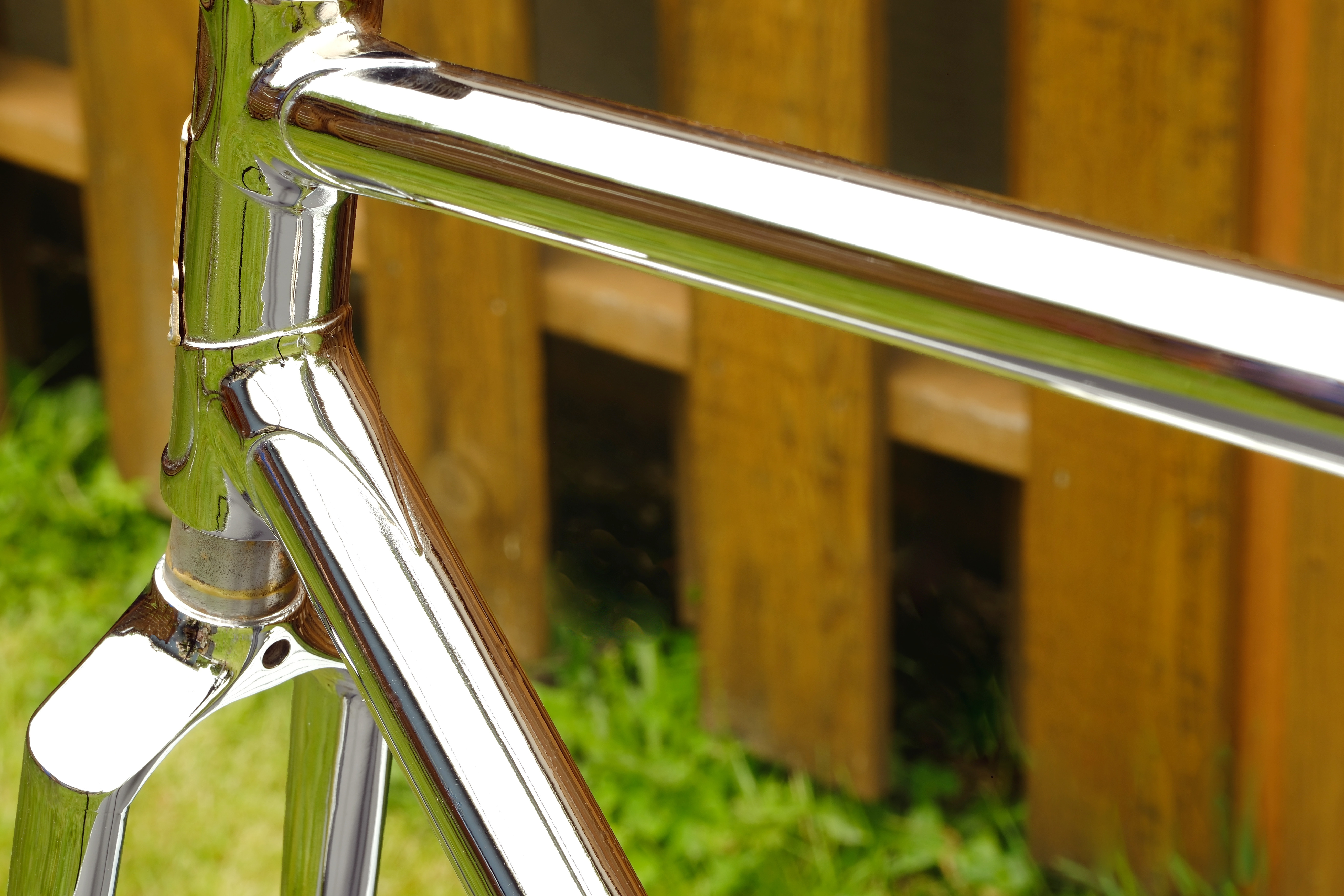
The frame was sent off for stripping and plating. When it arrived back, just like the fork, it was jaw-dropping. Any area that could be polished was mirror perfect. Even the difficult areas that couldn’t be polished, like the backside of the bottom bracket where three tubes come together, still have a nice glow and shine. The wrap around seat stays, which provide a flat area, give some real estate for the chrome to really show its stuff. And unlike powdercoating, all the lugs retain their crisp, sharp lines. This also helps for words and letters, such as the serial number or “Campagnolo”, stamped into the dropouts, which are easily readable.
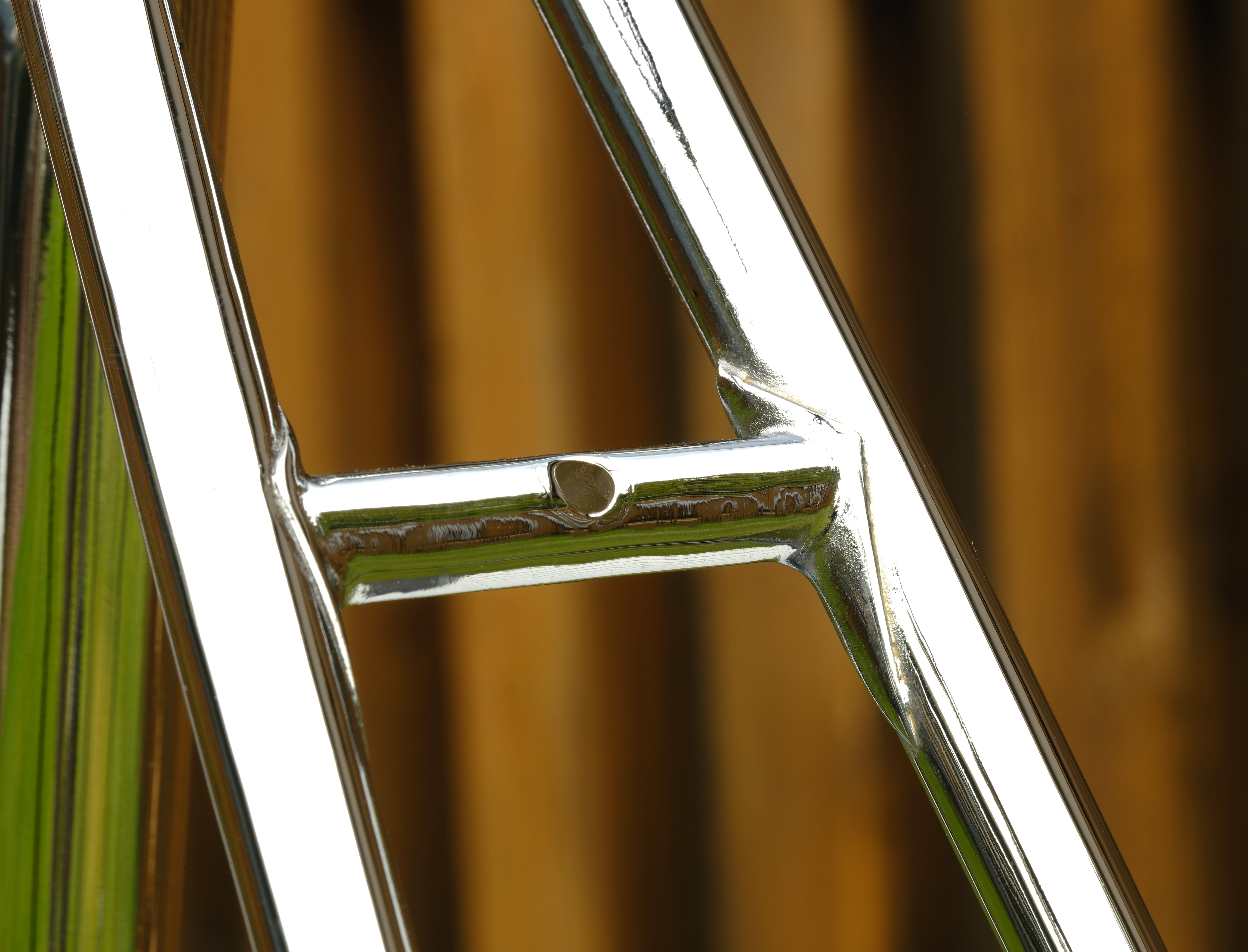
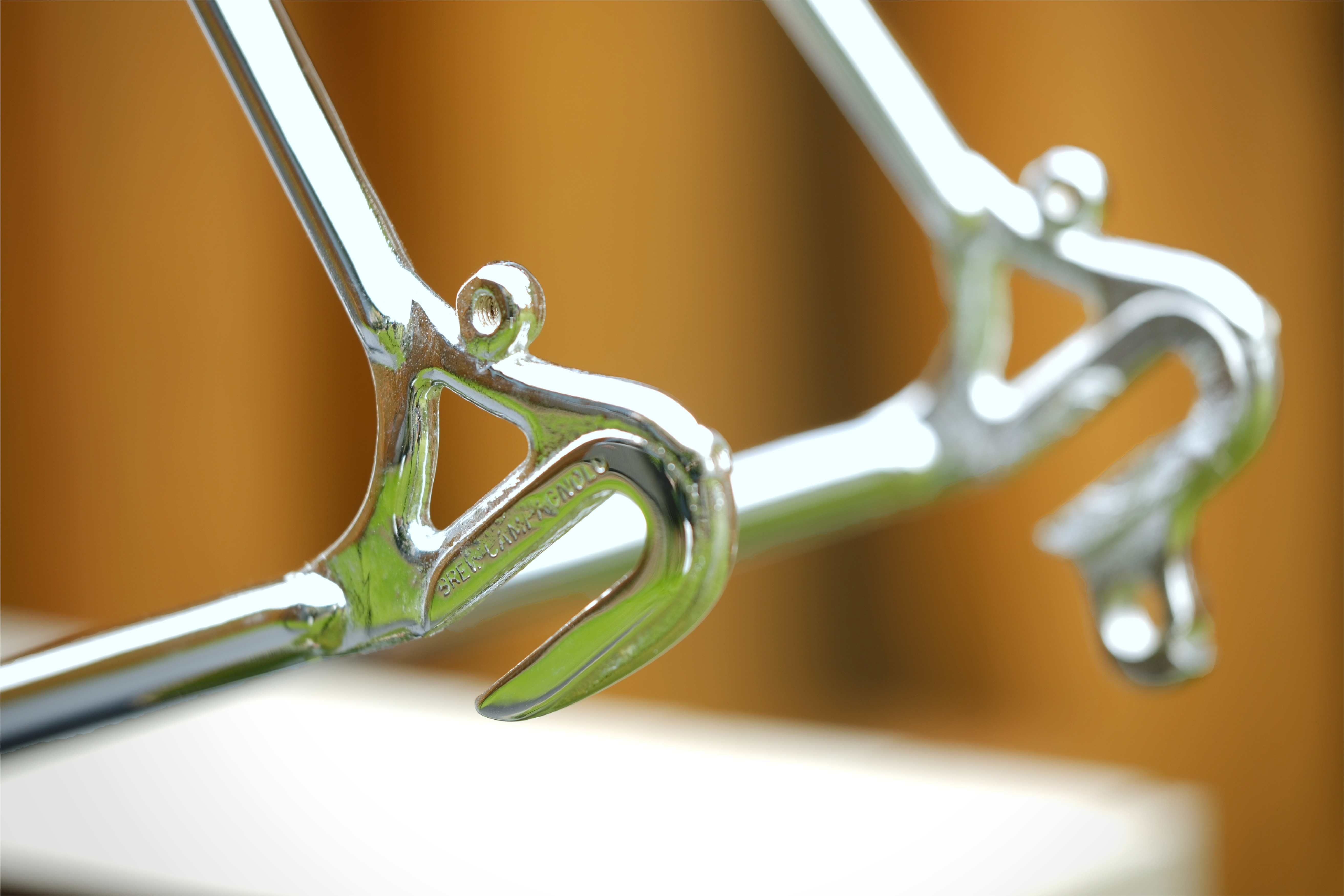
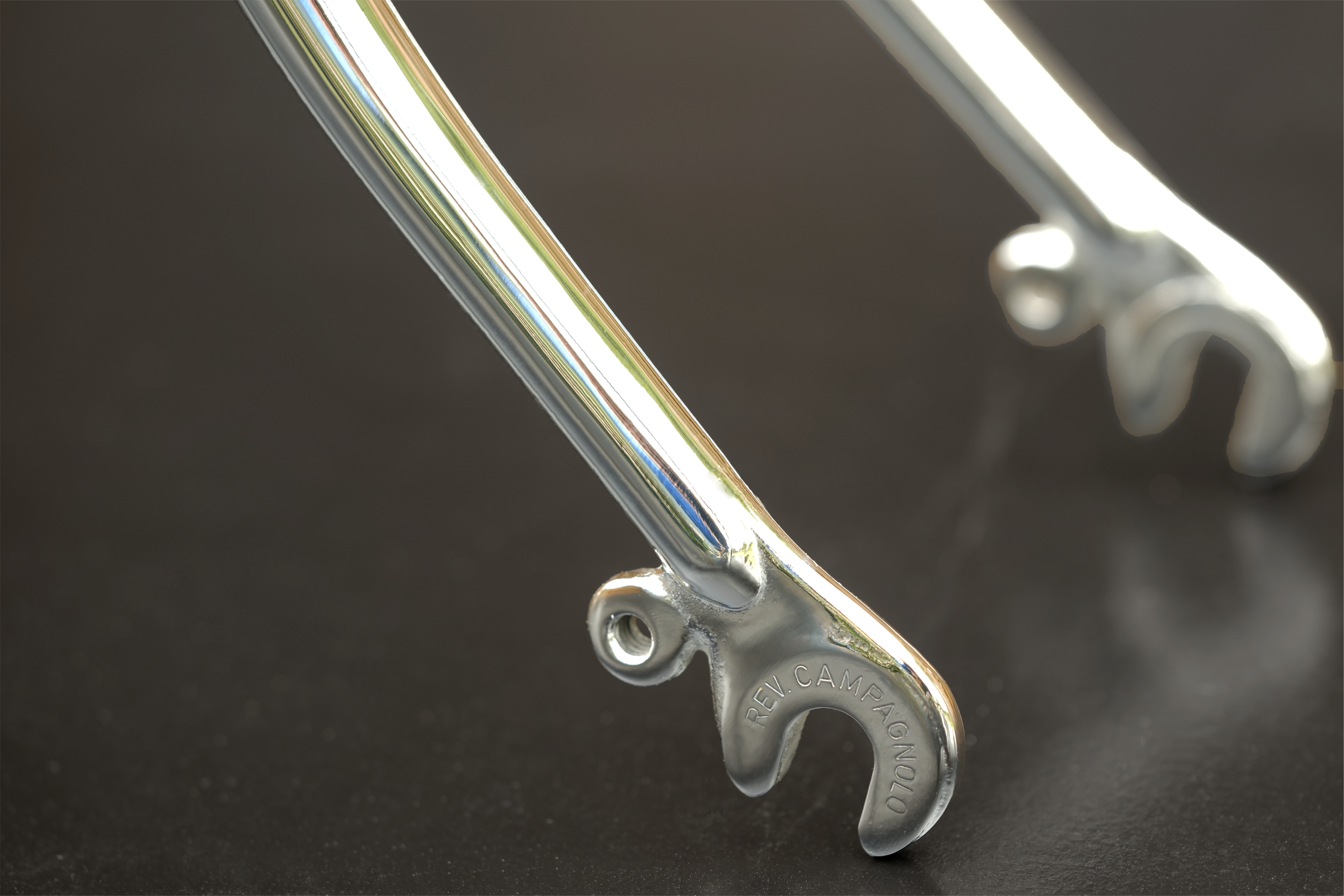
Overall, this feels like the best direction I could have taken with the opportunities presented to me. The only regret I have is not taking more time to inspect the frame before sending it off for its fresh, new look. With all those years mentioned in the aforementioned post, of big city living, it was not immune to bumps and bruises. And when plating a frame, there is nothing that stands out more than dings. And on this frame, I count three.
To rip the Band-Aid off, as they say, let’s begin with the most severe. Just inches below the seat cluster, leaning toward the drive side of the bike, is a ding that could have been pushed out if I had seen it before the plating (if you look carefully, you can even see it in one of the original images). Now that the frame is “fully baked”, pushing it out could have detrimental results to the brittle plating in the form of cracking. Though, there is a silver lining to this mirrored blemish. A good friend and another respected vintage restorationist saw this and mentioned, “Just cover it. Put the pump clamp there.”
Brilliant.
This works incredibly well and unless it is studied, the mark is nearly “erased”.
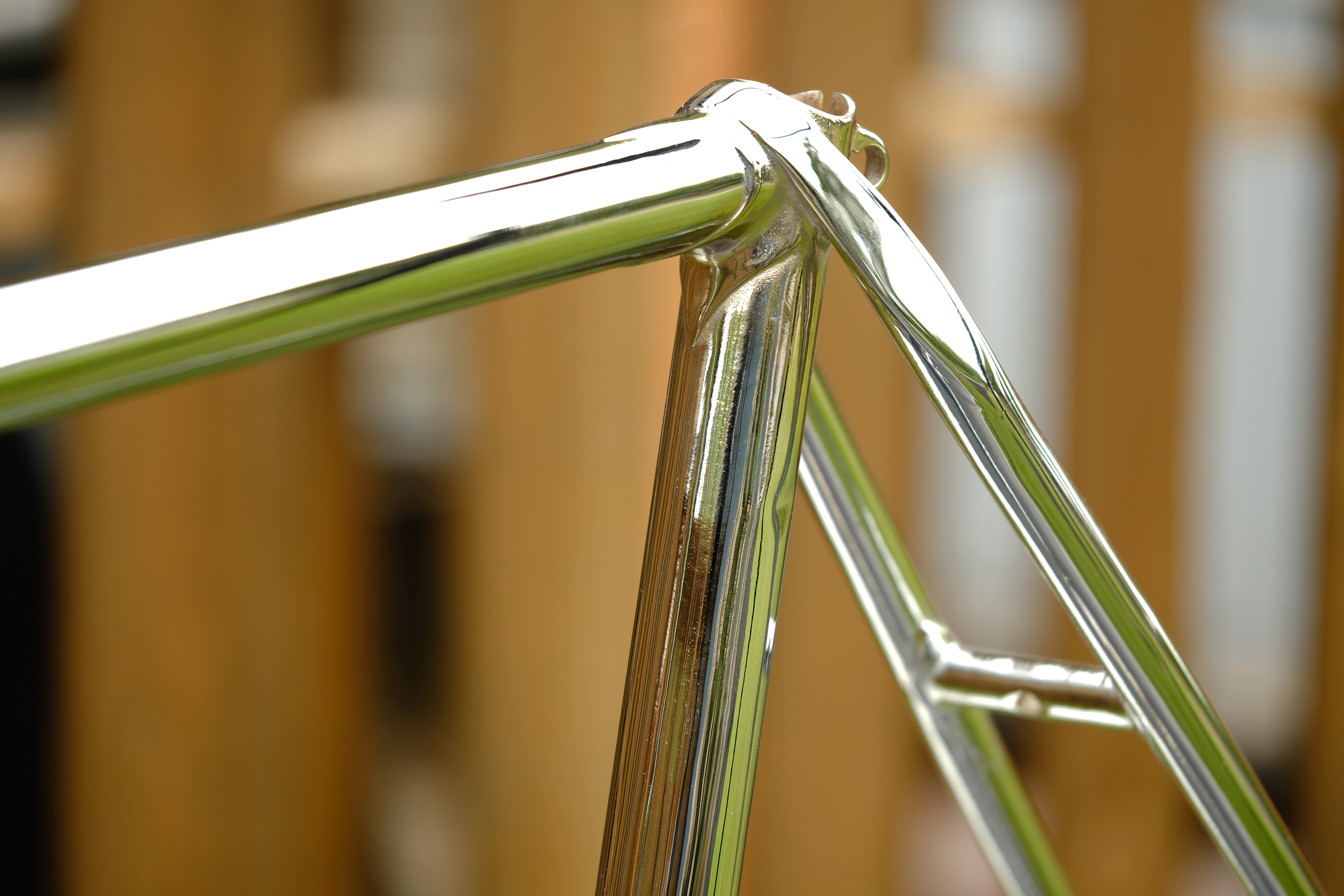
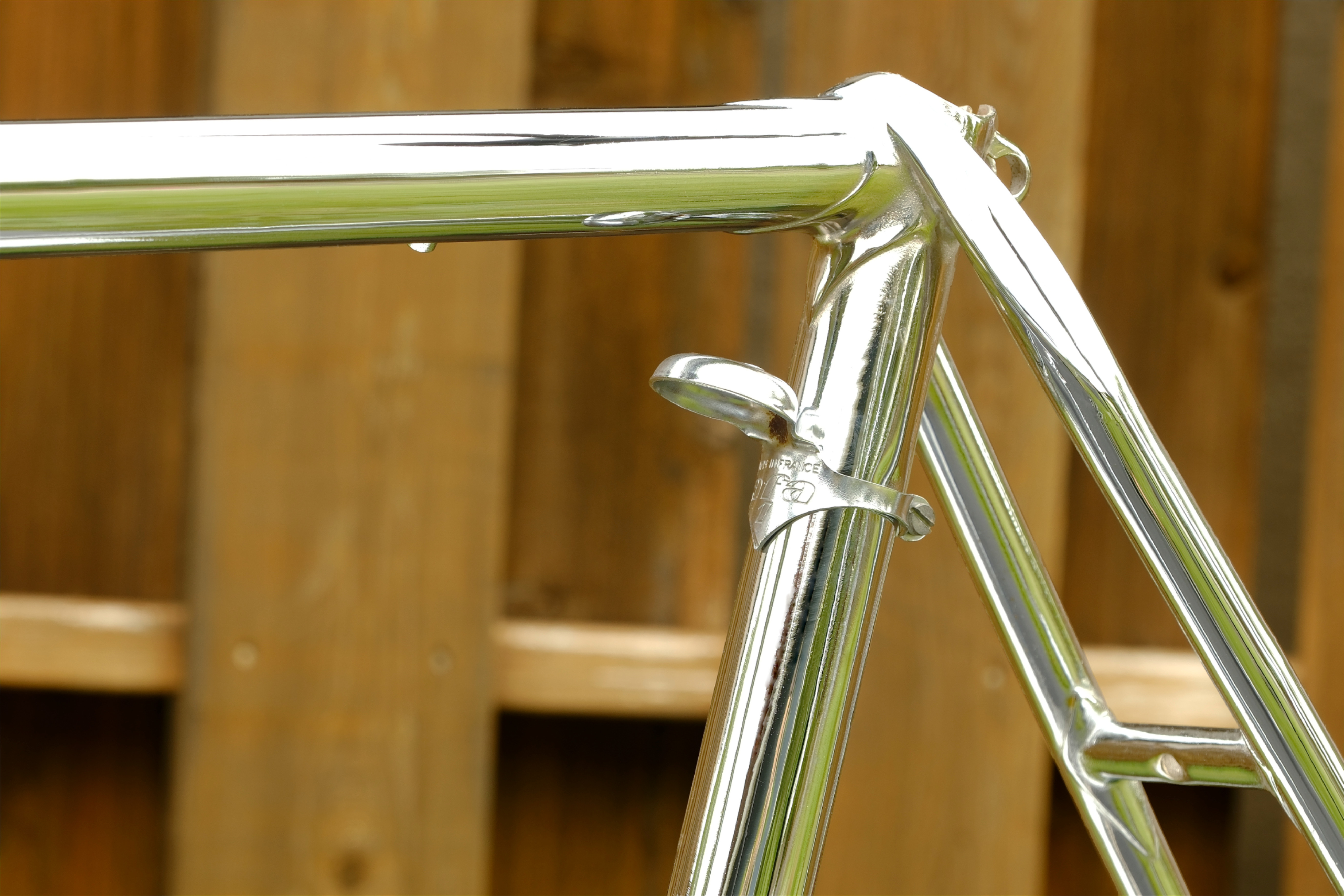
The other two dings are of much less of a concern. One is on the top tube, non-drive side. Thankfully, it is like a whisper and escaped my eye for quite a few days until I started to scrutinize deeply.
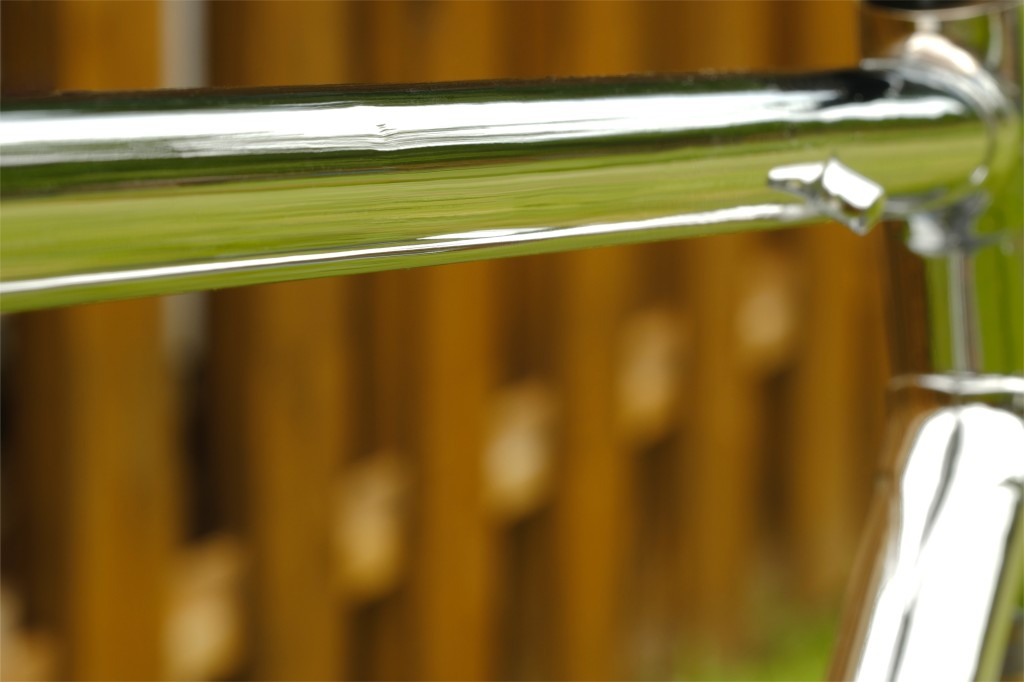
The last blemish is on the downtube, on the drive side, precisely where the front derailleur would clamp to the frame. It appears someone must have been heavy handed with their hex wrench. Sadly, this is the fate so many frames needlessly suffer. It is one of the reasons why I have started using torque wrenches when bolting components on. Damage is greatly minimized.
So, what’s next for this special frame?
Usually, this would be just another step in a full restoration that could take months to complete… but not this time.
I like to think about this situation like a sport where someone has a ball that is being taken toward a goal, like soccer or football, for the score. It takes a team to ultimately earn the win but usually, the ball gets there by only a few different individuals for the point(s). I like to think of the Super Mistral in the same vein. It was owned by one family for decades. I was fortunate enough to acquire it and took it to a certain level. Now someone else gets to take it and run it in for the score and ultimate glory.
Having the frame finished was a substantial undertaking. It sets the stage for the new build and typically is the largest expense incurred. I was even able to salvage the original headbage and have it mounted once again. I decided to leave the frame bare to let the new owner determine if they were going to add decals or simply leave it naked. Either treatment seems acceptable but that is a personal choice and one I felt the new owner should make.
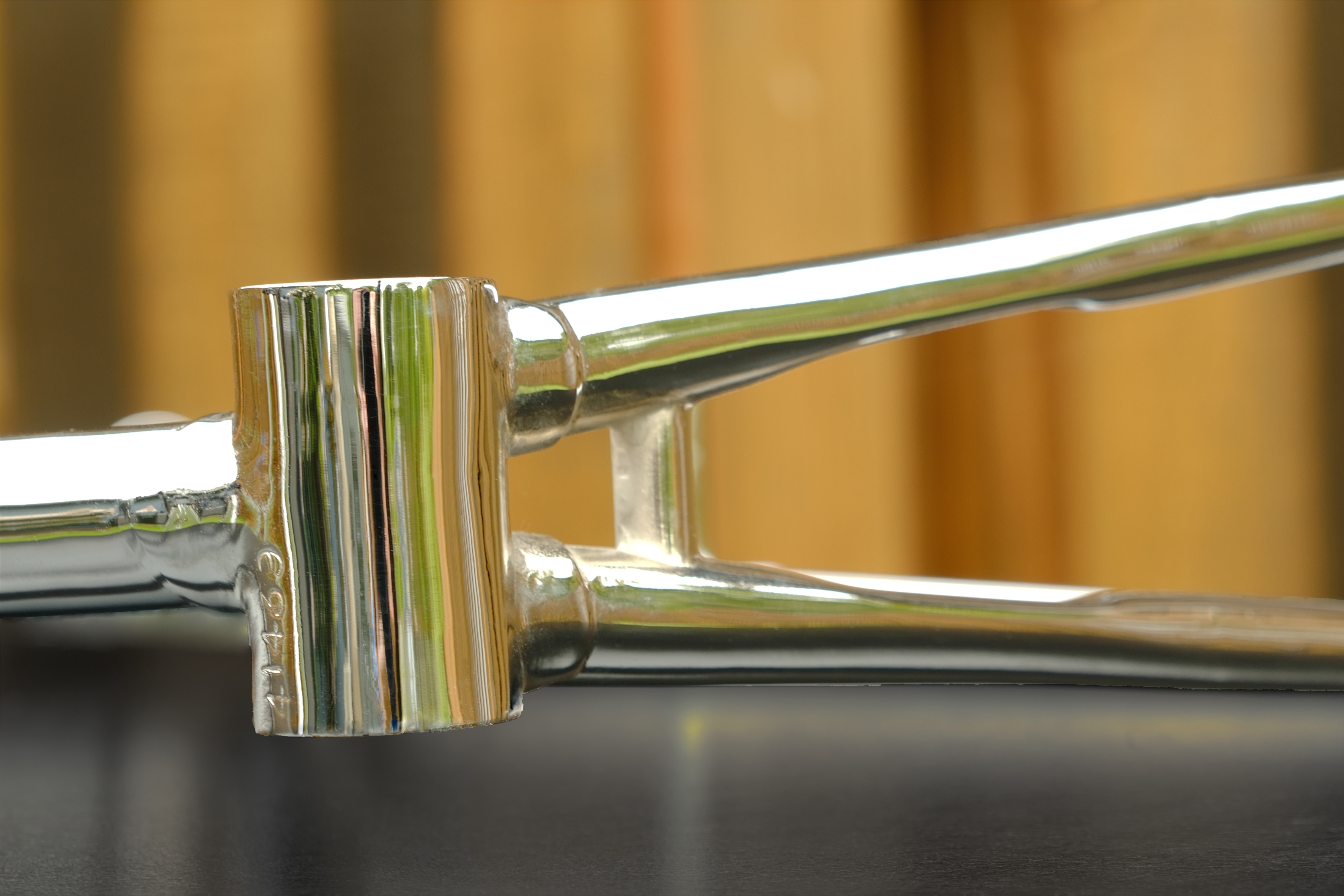
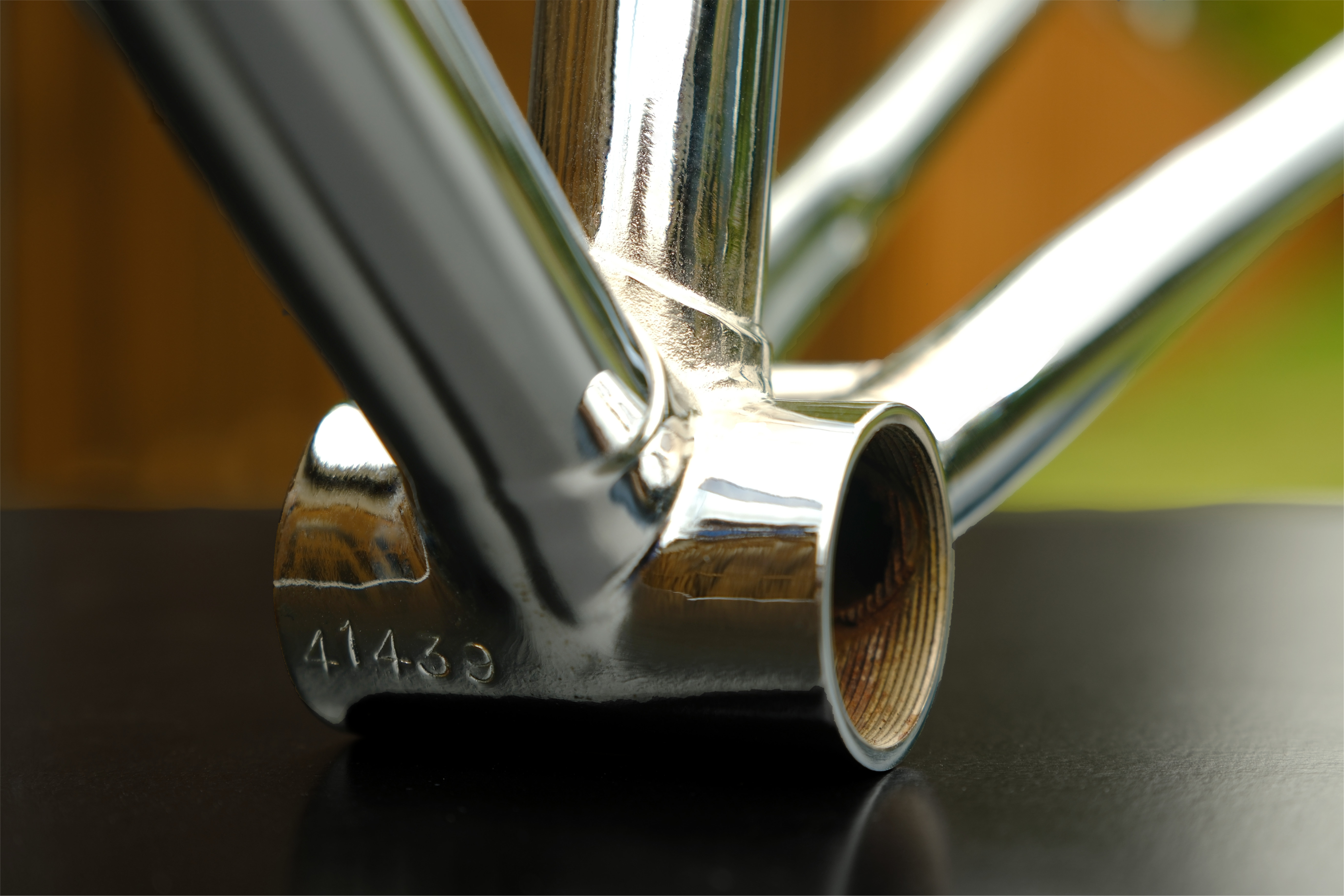

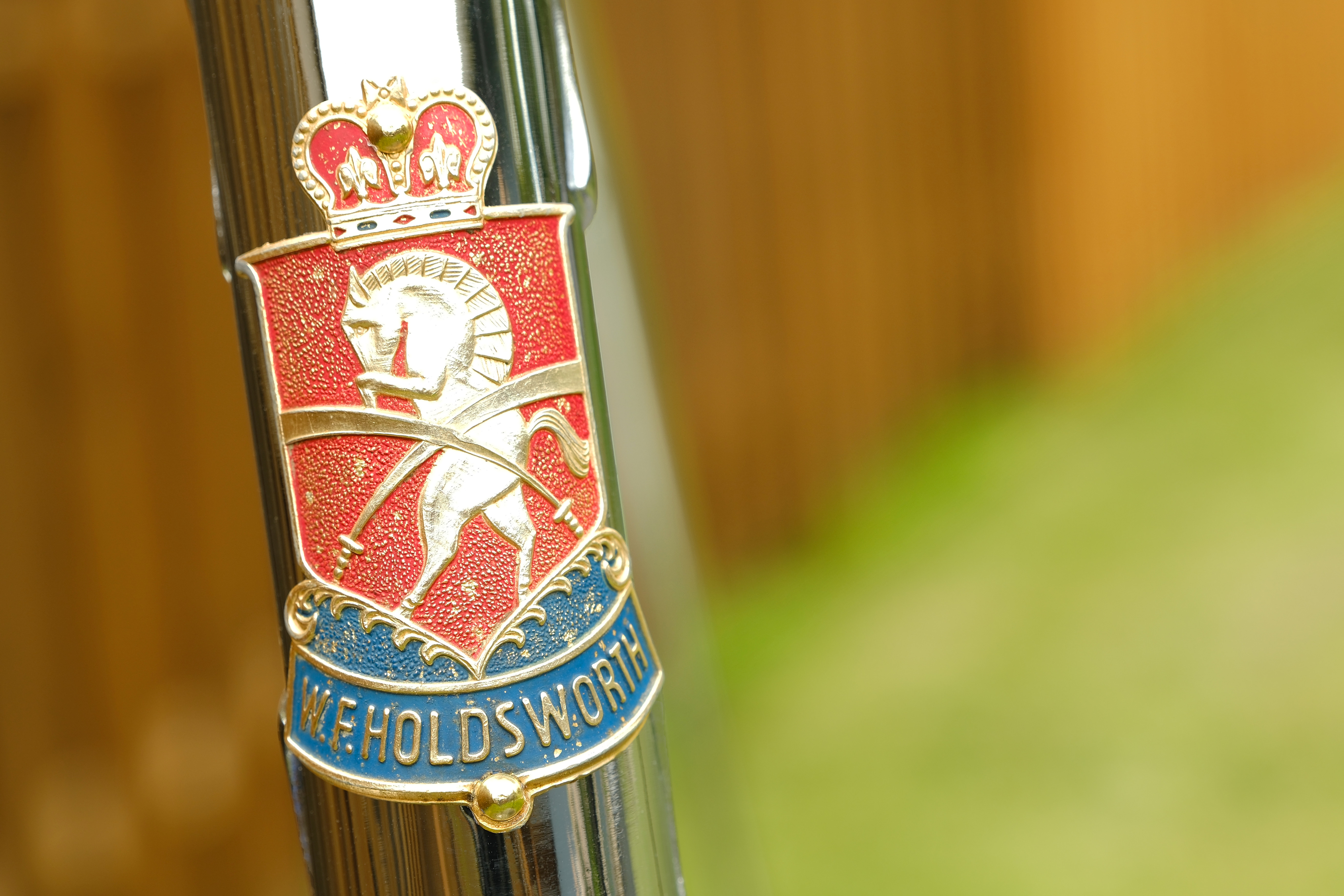
As someone who takes pride in bringing a project from the very first steps to a polished, final product, stepping back from this one was difficult and honestly, brought me a feeling of melancholy. But, in my experience, I have found that life is a balance between holding on and letting go. And this is one of those times where letting go is difficult but the best ultimately for the frame.
Lest you think I’m signing off on a mournful tone, let me challenge that notion by swinging the pendulum to the other side and providing some delightful Holdsworth Mistral copy written by the well-respected group of restorationists at Steel Vintage Bikes.
Like the legendary quality of Holdsworth Bicycles, the French origin of the word mistral means “Masterly”. The Holdsworth Mistral is meant to roar across vast distances for days, or weeks at a time. With exploration in its DNA, the Mistral can take you places you’ve only dreamt of.
Built for hours in the saddle, the Mistral is a workhorse meant to traverse ever changing terrain and in all conditions. Beginning with the geometry, a more aggressive road position gives you the ability to maintain higher speeds over other touring frames. Fork and frame drill outs give you the option to attach mudguards and racks as well. Bosses built just for a frame pump and deep drop brake calipers for wider tyre clearance round out this versatile rig.
Constructed using resilient and light Reynolds 531 steel tubing, this frame is assembled by artisan frame builders using the same exacting standards and proven traditions that made the Holdsworth name what it is today. Each hand mitred tube and filed lug come together in a low-temperature brazing process that is individually inspected.
1972 Holdsworth Product Catalog
Color: Chrome
Frame Size: 56cm (C-T) seat post & 57cm (C-C) top tube
Frame/Drop-outs: Reynolds 531 chro-moly steel; Campagnolo
Fork: Reynolds 531 chro-moly steel; Chromed
Special Features: Ornate and unique Prugnat lugwork; wrap-around seat stay; brazed shifter clamp stop; single eyelets front/rear
8/9/24
Holdsworth Update
With a final nudge to get the Holdsworth ready as a blank canvas for the new owner, Franklin M., from Kentucky, raised his hand as the next Keeper of the Flame, taking the Super Mistral under his dutiful care. Described as a collector who rides his collection, he also knows his way around a wrench. Skillfully, and tastefully, he built the Holdsworth from the ground up and generously documented his journey below. His efforts to make a summer rider, yet still preserving the steel framed aesthetics and focus on the beautiful chrome frame, yielded a stunning retro mod masterpiece.
Thank you, Franklin, for your peregrination below, complete with images to boot! I personally appreciate that you made certain the Super Mistral was built properly and that there clearly are no issues on your ability to maintain it as the years go by. Most importantly, thank you for keeping the Holdsworth on the road and ridden regularly, like all bicycles should be. Cheers to many, many miles.
Enjoy the ride!
~ Josh
Images and write up by Franklin M.
The Holdsworth is built up and ready to ride on a regular basis.
For the build, I made no effort to keep the bike period correct. This was almost totally a parts bin build and I wanted it to be appropriate for the very hilly terrain where I live. 15%+ grades are common here with climbs over one mile.
The frame was spaced at 120mm at the rear which I carefully spread to 126mm because I wanted at least six speeds and didn’t have a 120mm hub anyway. I had to do some filing on the rear dropouts to get the rear wheel in. I assume this was because of the added thickness of the chrome. All the threads had to be chased as well and the rear derailleur hanger was badly out of alignment.
The wheel size was originally 27″ and even then, I had to use a long reach brake on the front. A standard reach worked fine on the back. I built up some 700c wheels with Velocity A23 rims and some NOS Shimano 105 hubs that I found on eBay. The freehub allowed me to put on seven speed HG cassette and improved the shifting somewhat. The shifting is great with friction shifting and modern chains and cassettes. I put on Rene Herse 35mm extra lights so the ride is even better, especially on bad pavement or gravel. The fenders went on because of the rainy stretch that we have had, but they’ve since come off.
The decals were vinyl transfers that I sourced from England through eBay. Though the dent in the seat tube made it hard to insert the seatpost, when I pushed the post in, the dent pretty much popped out!
After putting some miles on, I can say that it rides quite nicely. It has the springy, lively feel that Reynolds 531 is known for.
Overall, I am happy with how it turned out and it was fun to build up. Now to put a few thousand miles on it.

© Josh Capps and The Simplicity of Vintage Cycles. Unauthorized use and/or duplication of this material without express and written permission from this site’s author and/or owner is strictly prohibited. Excerpts and links may be used, provided that full and clear credit is given to Josh Capps and The Simplicity of Vintage Cycles with appropriate and specific direction to the original content.

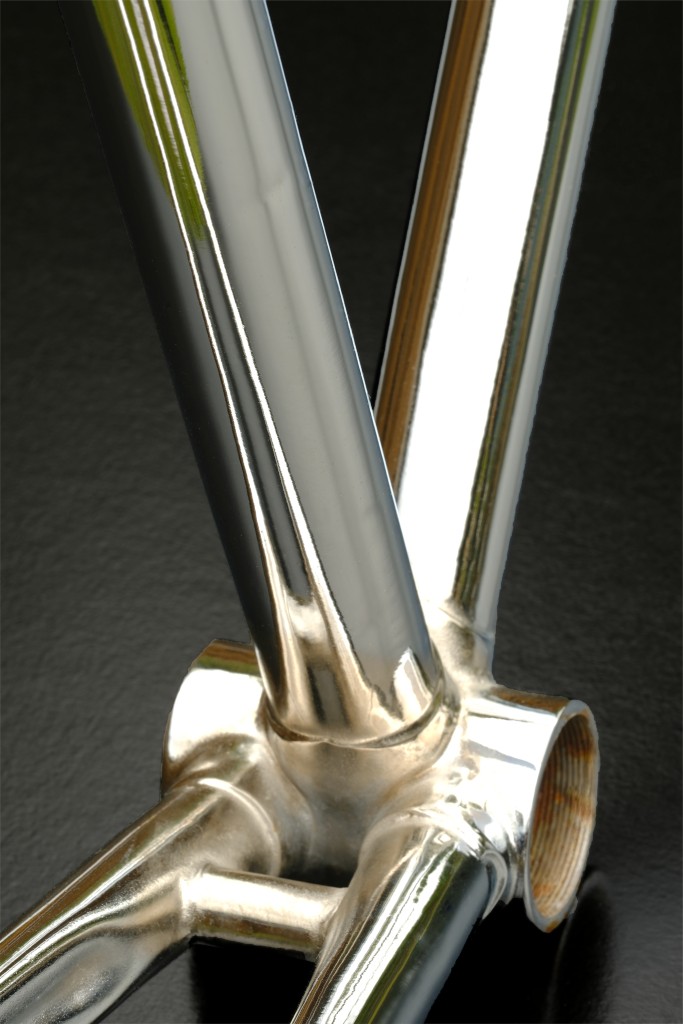
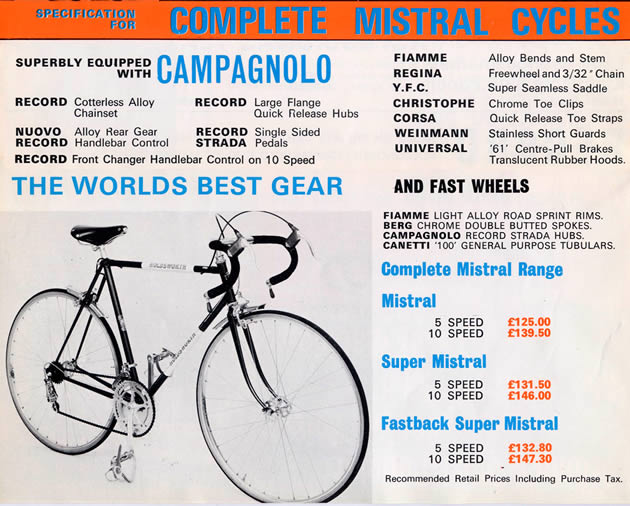
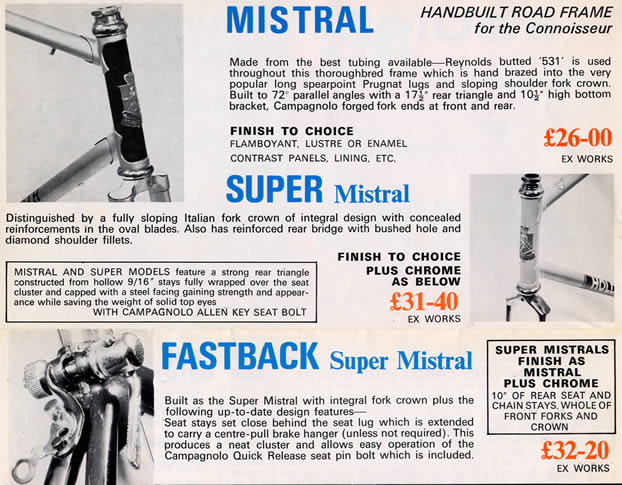










I had a friend with a chrome Paramount in the ’70s. I could never decide if it was beautiful or garish. Looking at your photos this morning on the big computer screen instead of the phone screen like last night, I’ll opt for beautiful. Now, if I can rescue the Mistral from my brother’s garage…
You make a fair point regarding how loud or muted a frame like this can look. I feel like a lot of it depends on the “accoutrements”, or components, used for the build. The same goes for the bar tape. Since everything is on such prominent display, that tape can make or break the tone of the build. It’s a delicate dance but I believe there is room for both types of builds. Though, personally, I far prefer a muted voice.
Very nice!
Sent from Outlook for iOShttps://aka.ms/o0ukef ________________________________
Thanks for including me in the final write up. I love the bike and plan to put many miles on it.
Thanks for being such a crucial part of the story, Franklin!